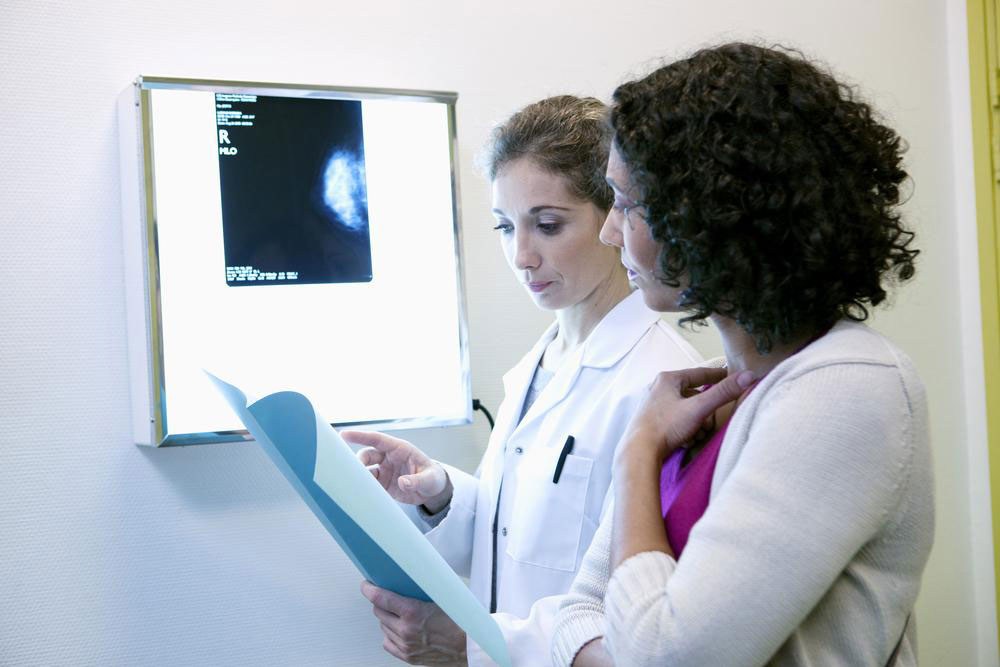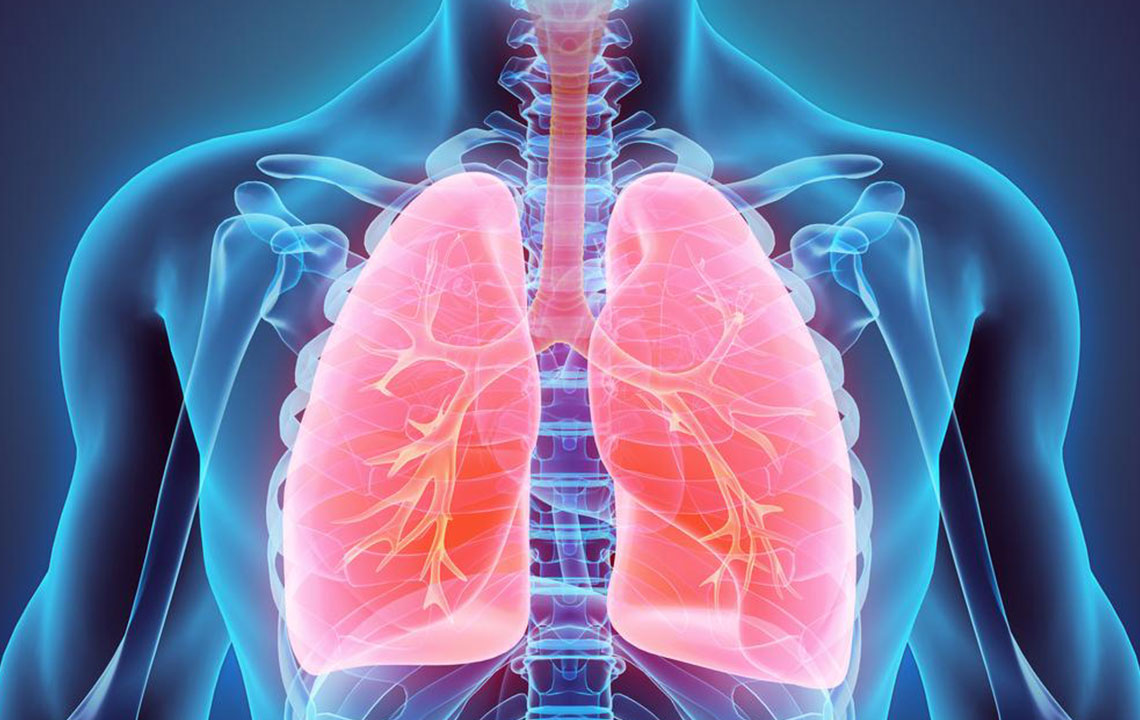Understanding Ductal Carcinoma: Signs, Detection, and Treatment Strategies
Ductal carcinoma, originating in breast milk ducts, can progress to invasive cancer if not detected early. Key signs include lumps, nipple changes, and swelling. Diagnostic tools like mammograms and biopsies confirm the diagnosis. Treatment approaches encompass surgery, chemotherapy, radiation, and targeted therapies. Early intervention and healthy lifestyle choices significantly improve prognosis. Regular screenings and awareness are essential for prevention and timely management of this common breast cancer type.

Understanding Ductal Carcinoma: Signs, Detection, and Treatment Strategies
Ductal carcinoma is a form of breast cancer originating in the milk ducts. When cancer cells stay confined within these ducts, it is known as ductal carcinoma in situ. If the cells invade nearby breast tissue, the condition is termed invasive ductal carcinoma, which can spread to other organs, leading to metastatic disease. Early detection and proper management are crucial to prevent progression.
Causes and Risk Factors
1. Genetic predisposition
Approximately 5–10% of cases are inherited, often linked to mutations in genes such as BRCA1, BRCA2, PALB2, and ATM. A family history of breast cancer increases individual risk.
2. Hormone exposure
Past hormone therapies involving estrogen and progestin can elevate the likelihood of invasive breast cancer.
3. Dense breast tissue
Increased breast density may raise the risk of ductal carcinoma, though it is not a disease itself.
4. Sedentary lifestyle and poor diet
Leading a inactive lifestyle and consuming unhealthy foods can contribute to a higher risk of breast cancer, including ductal types.
Signs and Symptoms
1. Breast lump or spongy sensation
May be detected via mammogram as a lump or abnormal spongy area; symptoms might be subtle or absent.
2. Pain, tenderness, or swelling
Persistent discomfort or swelling can indicate ductal carcinoma.
3. Altered nipple position
Inversion or retraction of the nipple may occur during disease progression.
4. Nipple discharge
Discharge, especially if bloody or clear, is a common symptom.
5. Swollen lymph nodes
Enlargement of nearby lymph nodes signals possible spread.
Diagnostic Methods
1. Mammogram
An essential imaging tool that detects internal breast changes like lumps or skin alterations.
2. Ultrasound
Uses sound waves to visualize breast tissue and lymph nodes, helpful for identifying cancerous areas.
3. Physical Examination
Doctors assess breasts for changes in shape, texture, or unusual spots.
4. Biopsy
Samples tissue to confirm cancer presence and inform treatment choices.
Treatment Options
1. Chemotherapy
Uses drugs to destroy cancer cells, often before or after surgery.
2. Radiation Therapy
High-energy rays target cancer cells post-surgery or when other treatments are insufficient.
3. Surgery
Involves removing affected tissue or entire breast when necessary to eliminate cancer.
4. Targeted Therapy
Focuses on specific molecules like HER2 to inhibit cancer growth.
5. Immunotherapy
Boosts immune response to effectively fight cancer, often combined with other treatments.
Early diagnosis and treatment lead to better outcomes for ductal carcinoma. Adopting a healthy lifestyle, including regular exercise and balanced nutrition, supports recovery and reduces risks. Lifestyle modifications are vital alongside medical intervention.










